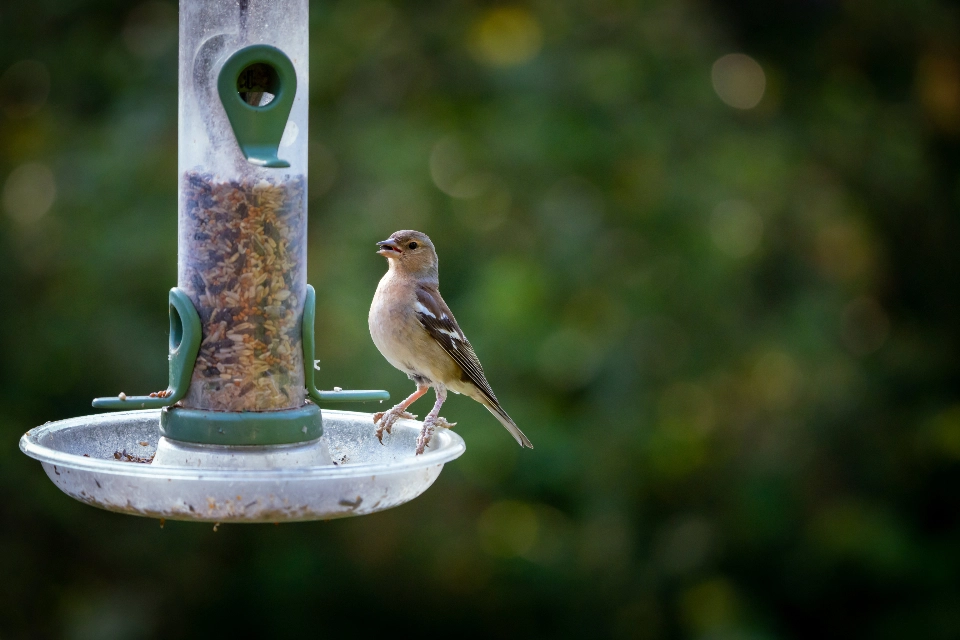| Every year, acres of healthy, connected habitats are lost to urban development. Did you know that you can help decrease habitat fragmentation at home? Whether you live in an apartment building or a single-family home, you can help promote healthy habitats for wildlife. Below are some ideas to get you started!Consider maintaining a place for wildlife to find fresh drinking water. As long as they are kept clean and refreshed, birdbaths and fountains can be an important source of water for critters. Even a small water dish on your apartment balcony can provide water to a thirsty butterfly or bird, especially during heatwaves.If you have the resources, a backyard pond is an amazing ecosystem for wildlife! A pond with shallow edges, stocked with specific pond plants and kept clean from harmful chemicals, is an especially welcoming habitat for animals like frogs and newts. |

| For our flying friends, a bat or bird box can provide shelter. Even if you don’t have access to a yard or balcony, some birdhouses and bird feeders can be suctioned to windows. This can also help prevent birds from flying into your windows! Make sure to fill feeders with bird-specific seed and clean regularly. The best kind of bird feeder is those with individual perches to help prevent the spreading of disease. Another thing you can do to help keep wildlife safe is to keep pets inside. Domestic cats hunt wildlife, but an outdoor cat enclosure AKA “catio” can provide a safe outdoor experience for your feline friends!If you have a yard, leaving piles of leaves creates great habitat for worms and frogs. If you don’t have a yard, consider starting a community garden or wildlife space at a school or community center! You can also make sure to dispose of waste properly, everywhere you go. Plastic bags, containers, lids, and most man-made garbage can suffocate or trap animals. |
 |
| Whether you have a yard or a balcony, you can cultivate plants useful for butterflies, birds, bees, and other animals. For small spaces, a secured overhanging planter provides food for these pollinators and doesn’t take up square footage. Instead of using herbicides or other pesticides, consider growing flowers and vegetables that are natural insect repellents like clovers, dill, fennel, and citronella grass. Here are some plants you can grow to help promote habitat for pollinators and other wildlife:Butterflies: red osier dogwood, ocean spray, asters, lavender, salalBees: lilies, cinquefoils and relatives, huckleberryHummingbirds: lupines, camas, bleeding heart, Oregon grapeOther wildlife: elderberry, gooseberry, salmonberry, raspberryMake sure to check out our Earth Day Celebration event on Saturday, April 23rd, if you’re interested in purchasing native plants for your yard all while supporting SHADOW Lake Nature Preserve! Species we have in stock include red osier dogwood, Oregon grape, elderberry, salmonberry, and much more. More ideas: Plant Landscaping |



Recent Comments